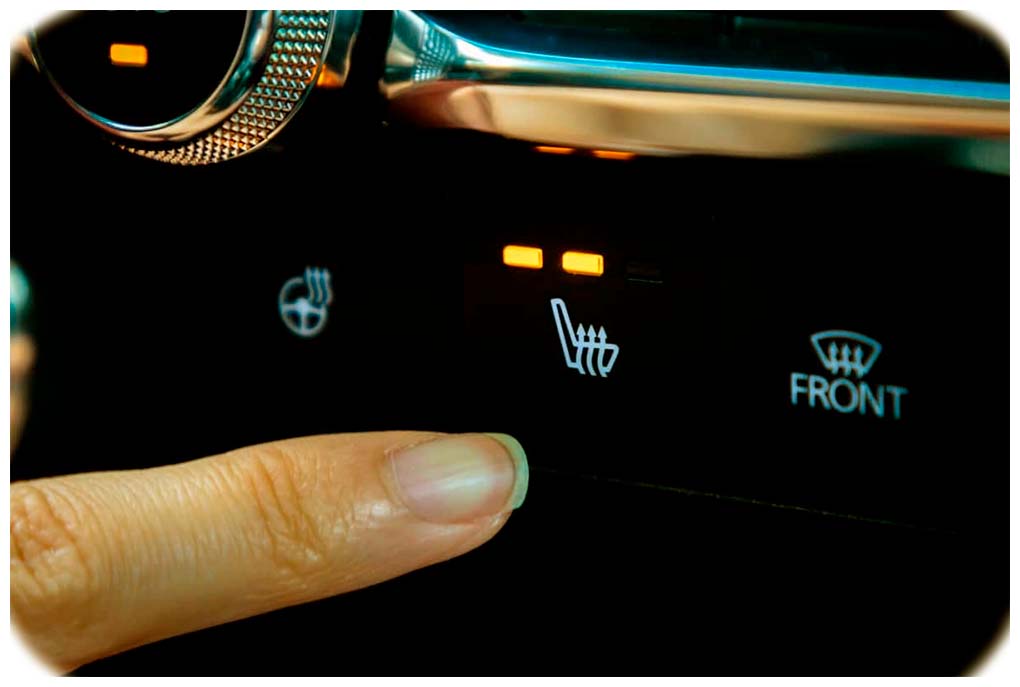Do seat warmers use gas? It’s a common question when considering the purchase of a car, especially for those who prioritize comfort during cold winter months. Heated seats have become essential for many drivers, providing a comfortable and pleasant driving experience. However, to make an informed decision, it’s crucial to understand how these seat warmers work and whether they affect fuel consumption. In this comprehensive article, we will delve into the intricacies of seat warmers, exploring their functioning mechanisms and the energy sources they rely upon. Additionally, we will examine the various factors that can influence their energy efficiency, allowing you to make practical choices to minimize fuel consumption while enjoying the warmth and comfort of your heated seats.
How Seat Warmers Work

When the heater in the seat is activated through control buttons or switches, an electrical current flow through these elements, causing them to heat up rapidly. The generated heat is transferred to the seat surface, providing the occupant a cozy and soothing warmth. The strategic placement of the heating elements and insulating materials within the seat construction ensures efficient heat distribution and minimizes heat loss. Advanced seat warmer systems often incorporate temperature sensors and safety mechanisms to regulate the heat output and prevent potential overheating, ensuring a safe and comfortable user experience.
Energy Sources for Seat Warmers
Seat warmers rely on the car’s electrical system to power the heating elements and generate the necessary warmth. This electrical system obtains the required electricity from two main sources: the engine and the battery. In traditional non-hybrid or non-electric vehicles, the battery is not primarily designed to provide continuous power to the electrical system. As a result, the energy needed to operate seat warmers primarily comes from the engine itself. However, this additional electrical load burdens the engine, which can lead to increased fuel consumption. The engine must work harder to generate the required electricity, resulting in slightly reduced fuel efficiency compared to when seat warmers are not in use. Drivers must be mindful of this added energy demand and its potential impact on fuel consumption.
Fuel Consumption and Efficiency
The operation of a seat warmer does indeed consume gasoline, as the additional electrical demand puts a strain on the engine. The impact on fuel consumption varies depending on several factors. The vehicle’s overall efficiency, the seat warmer’s energy efficiency, and other variables play significant roles in determining the extent of fuel usage. In most cases, the added fuel consumption is minimal and unlikely to be noticeable during normal use. Unless the seat warmer is left on for prolonged periods or the vehicle’s low fuel indicator is activated, the impact on fuel consumption is unlikely to cause concern. Also read about Best Seat Covers for Jeep JK and TJ.
Factors Affecting Energy Consumption

Additionally, the efficiency of the vehicle’s heating system can affect the overall energy demand. In colder climates, seat warmers may need to work harder to reach the desired temperature, leading to slightly higher energy usage. For battery-powered electric vehicles, seat warmers can impact driving range due to the drain on the battery. Also read about the reasons why Jeep Heater Not Working.
Conclusion
In conclusion, seat warmers use electricity and, indirectly, gasoline in non-hybrid, non-electric vehicles. However, the fuel consumption associated with seat warmers is typically minimal and unlikely to impact overall fuel efficiency significantly. Understanding the factors that affect energy consumption, such as duration, intensity settings, and vehicle efficiency, can help optimize fuel usage. To answer the question “do heated seats use gas,” the answer is yes, but indirectly. Heated seats rely on electrical power from the vehicle’s battery, which is charged by the alternator driven by the gasoline engine. Turning off the seat warmer when not in use and selecting energy-efficient models can further reduce fuel consumption. By employing these strategies, you can enjoy the comfort of a seat warmer while minimizing its impact on fuel consumption in your car.


Add Comment